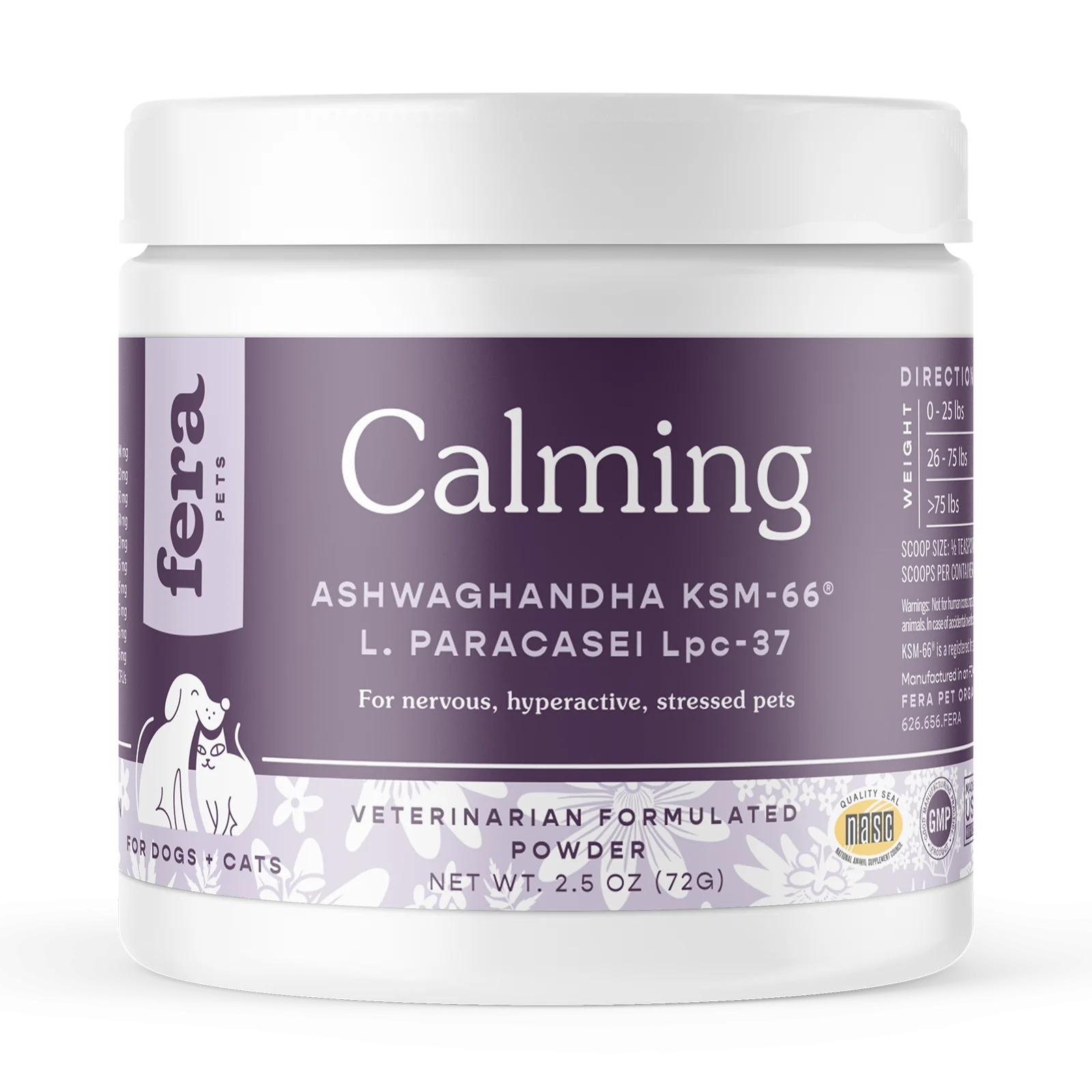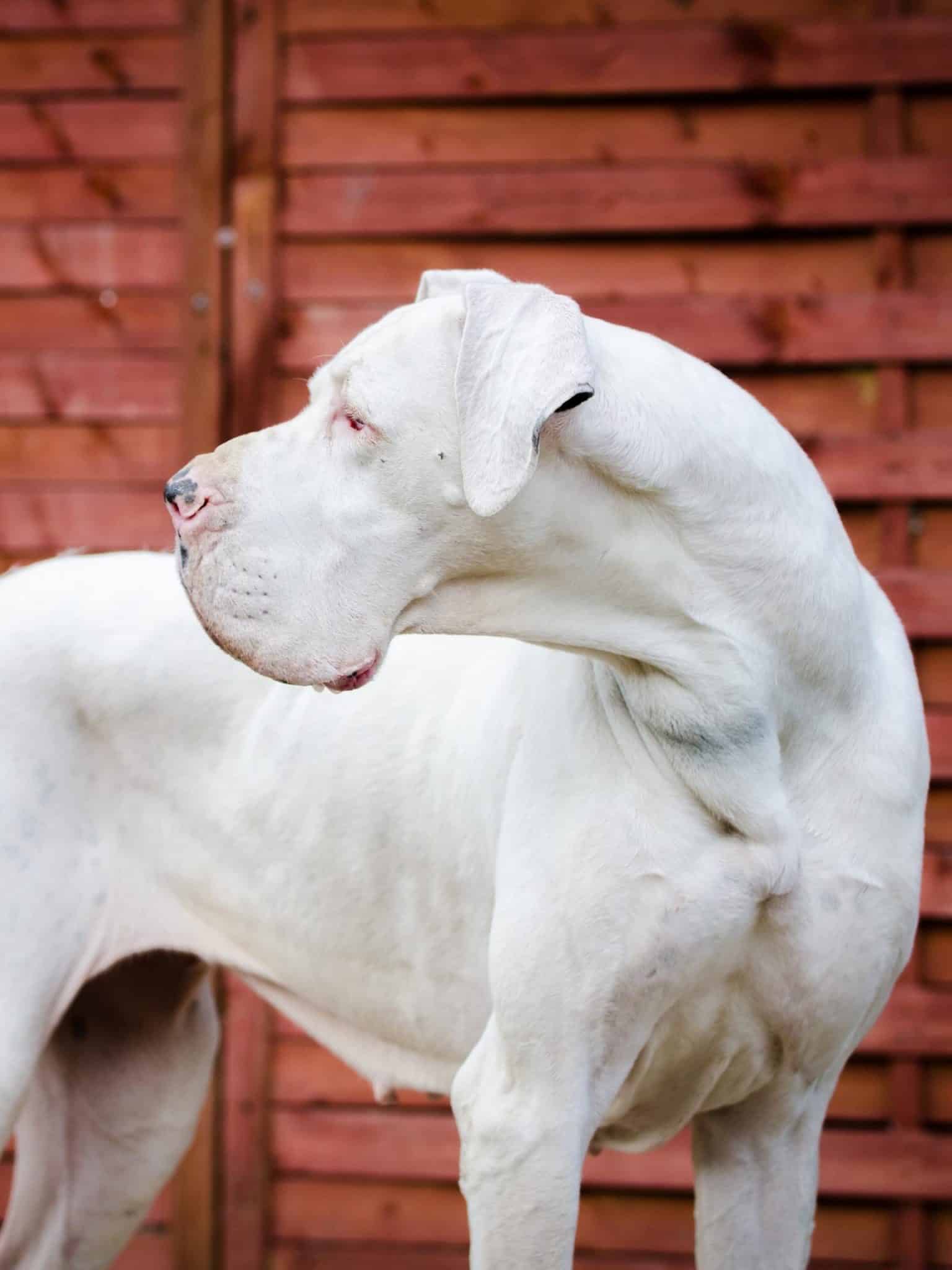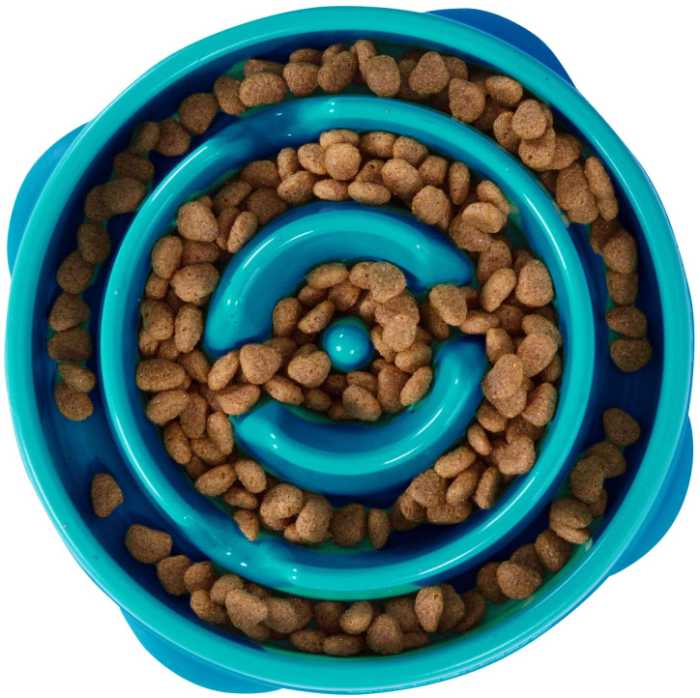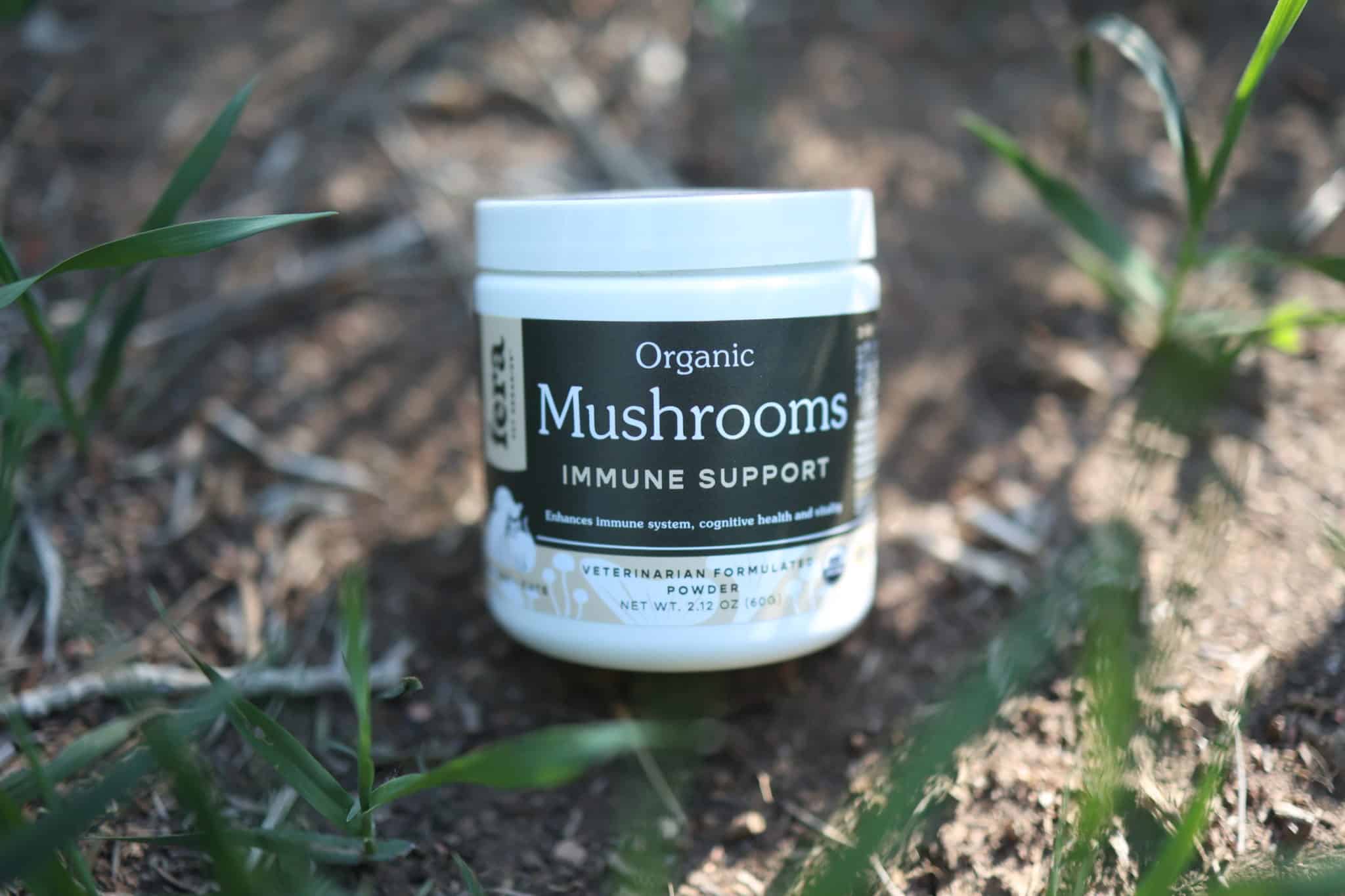
Diatomaceous Earth (DE) has gained popularity among pet owners as a natural solution for flea control, itching, and more. Frequently endorsed by “Holistic” veterinarians and

Diatomaceous Earth (DE) has gained popularity among pet owners as a natural solution for flea control, itching, and more. Frequently endorsed by “Holistic” veterinarians and

All three of my dogs were seen by their veterinarian this week for their annual checkup. One of my dogs is 7 years old, and

Calming supplements for dogs have become increasingly popular as dog owners struggle to keep their dogs calm while they work, run errands, travel, or during

Have you ever heard of using CBD dog treats for joint pain? It is never fun watching your dog experience joint issues. I know firsthand

The Great Dane is often called the world’s largest dog breed. They are a giant breed of dog that can weigh up to 200 pounds.

Have you ever considered using mushrooms for dogs? Did you know that mushrooms have many health benefits for dogs? In fact, they can be a

Looking for a Great Dane feeding chart with some awesome food information? Curious about the best foods for Great Danes, and what dog food to